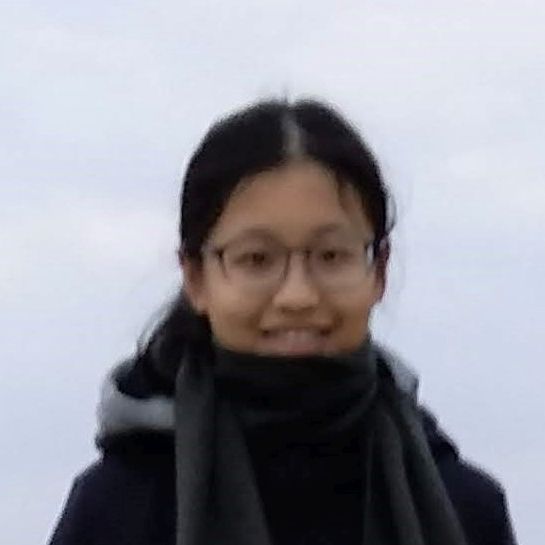Julia -- Looks like Python, feels like Lisp, runs like C/Fortran
Julia is a fast, dynamic, open source, easy to use programming language, designed to solve the two-language problem. It provides ease in both syntax and speed, and adopts multiple dispatch as its paradigm. In this talk, we will give an overview of the strengths and applications of Julia, as well as cover its basic syntax. Through a short live coding demonstration and text game AI with the Flux.jl package, we will demonstrate Julia's ease of use and comprehensive support for Machine Learning and Scientific Computing.


